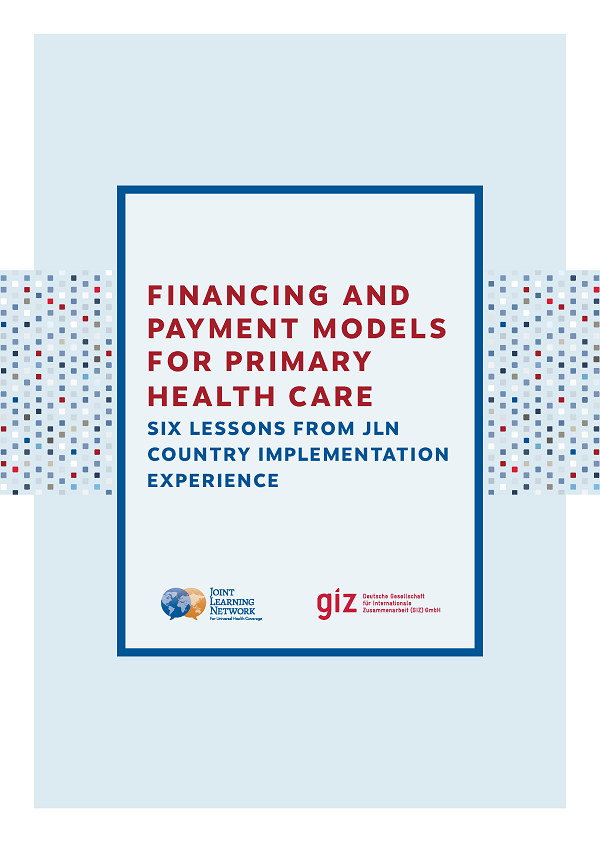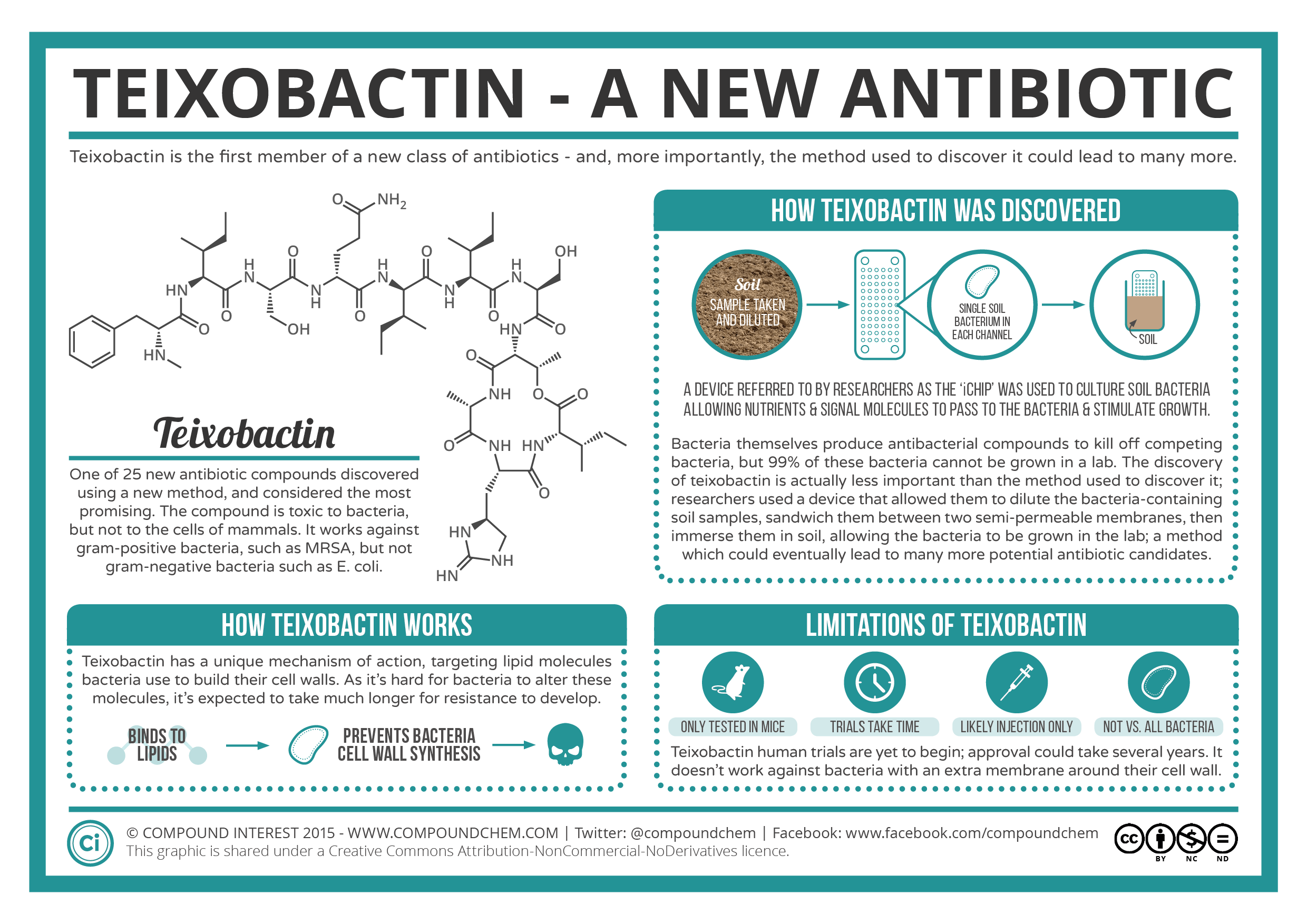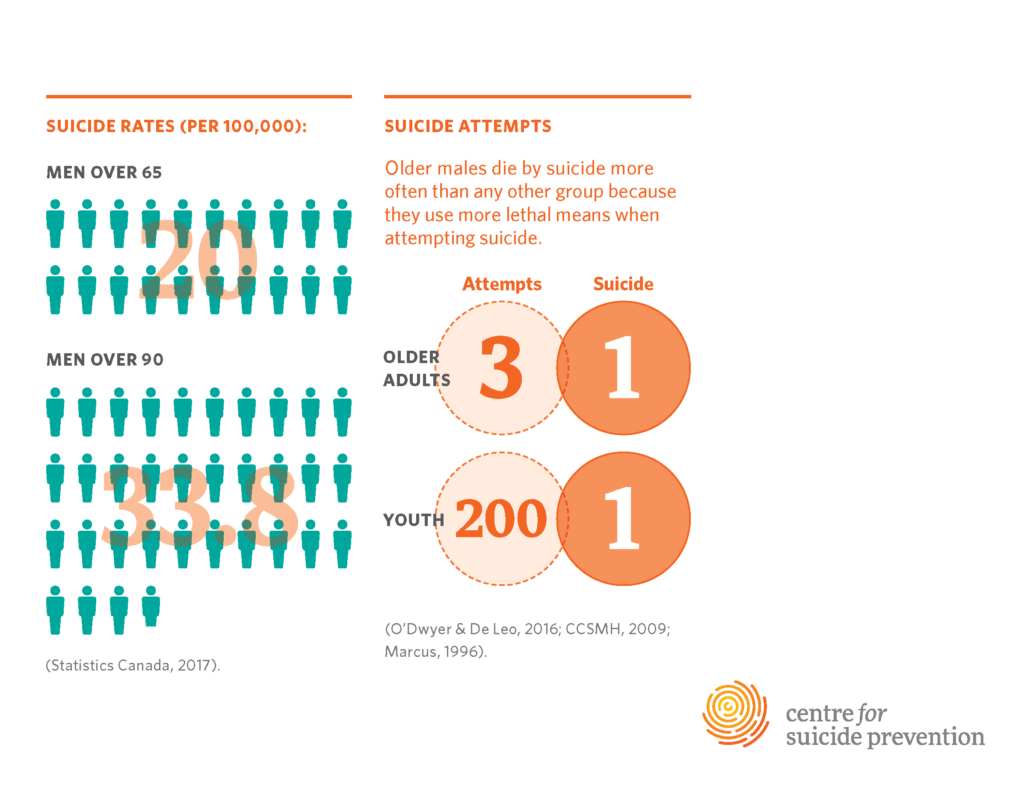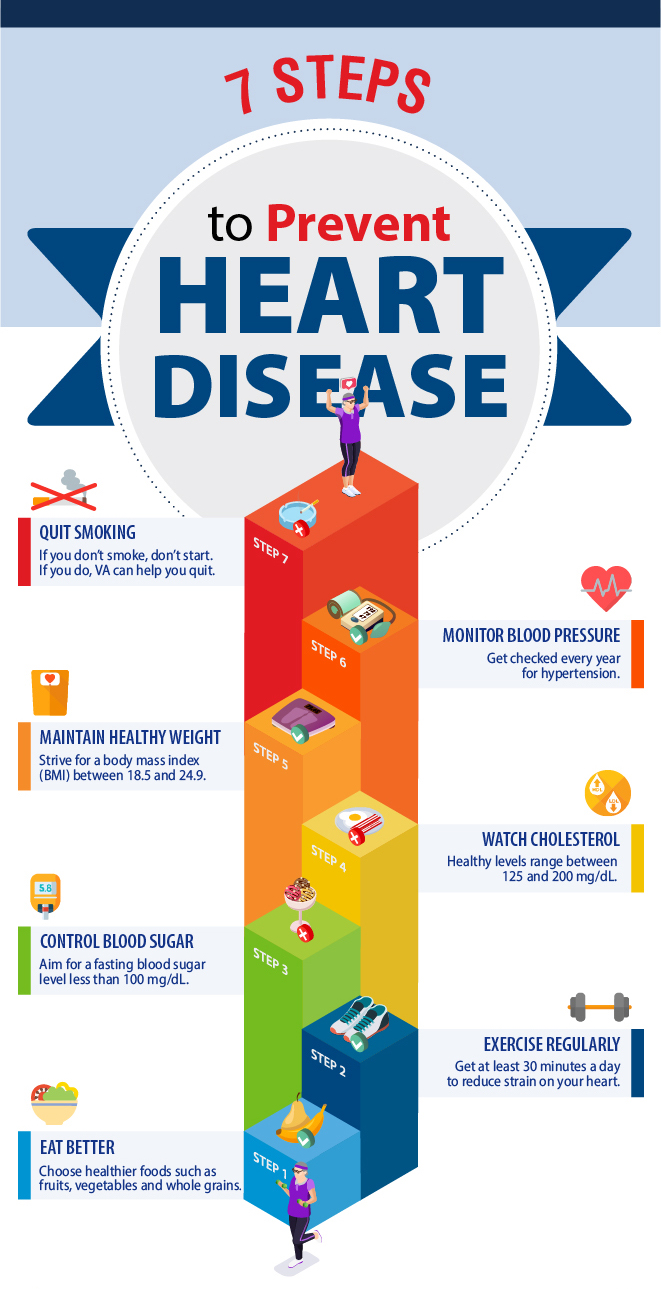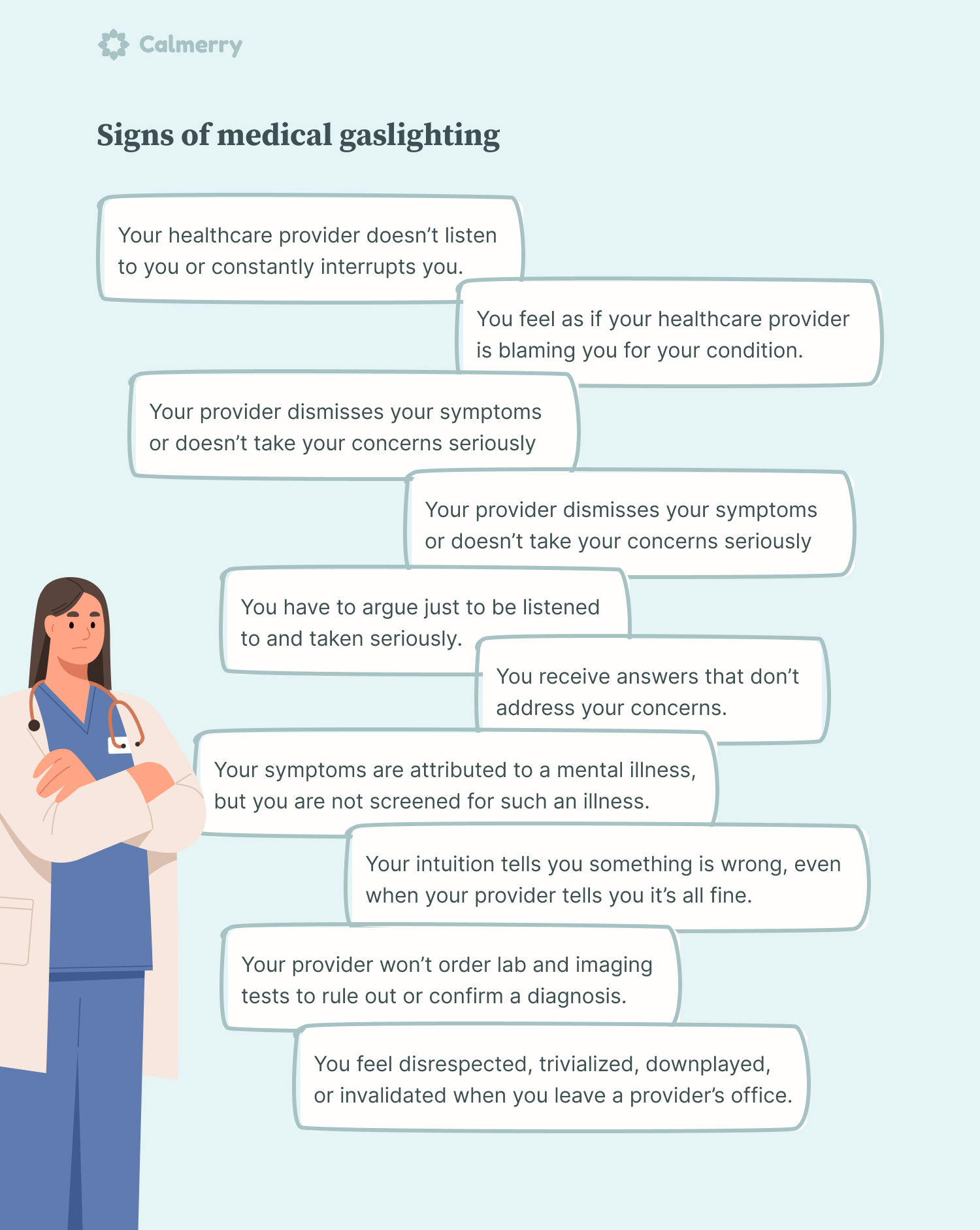In the midst of growing concerns over the sustainability of primary care financing, innovative solutions are emerging to address the persistent crisis in the U.S. healthcare system. Primary care financing remains a pressing issue as demand for services surpasses the availability of practitioners, leading to an urgent need for reform. Recently proposed healthcare payment models, such as the Accountable Care Organization (ACO) PC Flex, aim to shift the landscape of primary care reimbursement by incentivizing preventative care funding. These prospective payment models are designed to enhance financial support for primary care practices, allowing them to focus on comprehensive patient care rather than merely increasing appointment volume. By reallocating resources towards primary care, these initiatives strive to create a healthier society while tackling the overarching issues of cost and access in healthcare.
As the healthcare landscape evolves, the pressing need for improved funding mechanisms in primary healthcare becomes increasingly evident. Alternative approaches like the accountable care organization framework and various reimbursement strategies present new opportunities for transformation. The shift towards prospective payment arrangements aims to support physicians in prioritizing preventative measures and better patient outcomes. By redefining the financial architecture surrounding healthcare delivery, these efforts seek to mitigate the strains faced by primary care facilities. Collectively, these strategies highlight the vital role of sustainable financing in enhancing the effectiveness and accessibility of primary care services.
Understanding the Challenges of Primary Care Financing
The financial landscape of primary care in the United States is fraught with challenges. Many experts agree that the system is plagued by low reimbursement rates, especially when compared to specialist care. Specialists often receive more for quicker procedures, while primary care physicians spend more time on preventative care and chronic disease management, which are crucial yet undervalued aspects of healthcare. This discrepancy can lead to dissatisfaction among primary care doctors and contribute to the ongoing primary care crisis, where demand for services increases but the supply of available physicians diminishes.
Moreover, the corporate acquisition of primary care practices complicates things further. Larger health systems prioritize patient volume over quality of care, pushing clinicians to see more patients in shorter timeframes, which can detract from the quality of service provided. This environment not only affects the wellness of providers but ultimately impacts patient outcomes negatively. It emphasizes the urgent need for innovative financing models that can adequately support the unique demands of primary care.
Frequently Asked Questions
What are the challenges facing primary care financing in the U.S.?
The challenges in primary care financing include low reimbursement rates compared to specialists, high patient volume expectations from corporate entities, and a system that prioritizes specialist services over preventive care. This often leads to a crisis in availability and quality of primary care services.
How do accountable care organizations (ACOs) improve primary care reimbursement models?
Accountable care organizations (ACOs) innovate primary care reimbursement by incentivizing providers to deliver high-quality care while minimizing costs. ACOs facilitate shared savings, where providers can earn incentives by staying under a specified expenditure threshold, thus promoting better financial models in primary care.
What is the prospective payment model and how does it impact primary care financing?
The prospective payment model allows ACOs to receive upfront payments for anticipated services based on local averages, promoting upfront investment in primary care infrastructure and prevention efforts. This model aims to increase overall funding for primary care while encouraging preventive care practices.
How does preventative care funding relate to primary care financing?
Preventative care funding is crucial for primary care financing as it encourages investment into services that prevent serious health issues, reducing the need for costly hospitalizations. Programs like ACO PC Flex are designed to enhance this funding aspect to strengthen primary care services.
Will the new ACO PC Flex model affect the primary care payment structure long-term?
If successful, the ACO PC Flex model could lead to a significant transformation in primary care payment structures by demonstrating the effectiveness of enhanced funding and preventive care strategies, potentially influencing reimbursement models across Medicare and commercial insurance.
What role does insurance play in primary care financing?
Insurance plays a pivotal role in primary care financing by determining reimbursement rates, which significantly impact how much providers earn. Models like ACOs aim to create efficiencies and incentives that may entice private insurers to adopt similar strategies as seen in Medicare.
Can the successes of ACOs influence primary care financing for non-Medicare patients?
Yes, success in Medicare ACO models could provide leverage for improving primary care financing for non-Medicare patients. Enhanced financial structures may encourage private insurance companies to adopt more supportive models for primary care, benefiting a broader patient population.
What are the benefits of improved primary care financing for patients?
Improved primary care financing benefits patients by providing better access to preventive care services, reducing hospital admission rates and associated costs, and ultimately leading to improved health outcomes through more comprehensive and attentive healthcare.
| Key Point | Details |
|---|---|
| Crisis in Primary Care | U.S. primary care faces a crisis with rising demand and a shortage of doctors. |
| Low Reimbursement Rates | Primary care reimbursement is low compared to specialists, prioritizing quick office procedures. |
| Accountable Care Organizations (ACOs) | ACOs incentivize quality care at lower costs, encouraging doctors to keep patients healthy. |
| Prospective Payment Model | ACO PC Flex provides upfront payments to primary care to build infrastructure and focus on patient health. |
| Potential Impact | If successful, this model could lead to broader changes in primary care reimbursement, affecting non-Medicare populations. |
| Incentives for Preventative Care | Encourages doctors to spend more time on patient counseling and preventative measures. |
Summary
Primary care financing is currently facing significant challenges, but the introduction of innovative models like ACO PC Flex could help revitalize the system. By addressing low reimbursement rates and incentivizing preventative care through prospective payment methods, this initiative aims to enhance the quality of primary care services offered. If successful, it could pave the way for lasting improvements in how primary care is financed, ultimately benefiting patients across various insurance categories.
